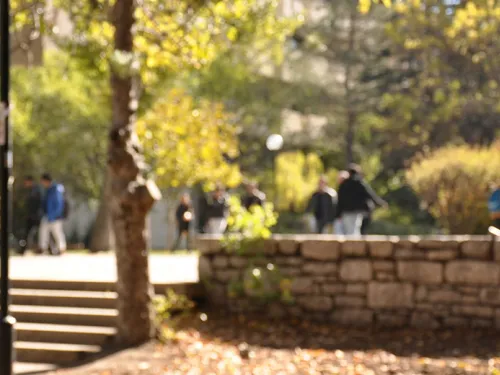by: Jinnie Array
July 13, 2016
The Pokémon GO app is a hybrid virtual and real world game. The game’s objective is to use a smartphone to find, see and capture/collect virtual Pokémon characters. Many players find the game highly engaging, entertaining and even addictive. Pokémon characters are apparently randomly distributed on the game’s map, but can also be collected at “Pokestops,” locations in the real world based on points of interest as identified on Google maps. Players can also create “gymnasiums” and “lures,” which are typically at public places like parks, post offices and museums, but these gymnasiums may potentially be created in places like memorials, churches, temples, mosques, synagogues, and schools where playing the game is inappropriate or offensive. Players tend to congregate where Pokémon characters can be collected and they can interact with other players. Like Google’s points of interest, the location of Pokestops is not always precisely accurate. So, for example, a Pokestop based on a Google map point of interest may be located in front of a religious institution, but the Pokemon character may be viewable on a smartphone used inside the building. ADL has received reports that Pokémon characters have appeared on phones inside the US Holocaust Memorial Museum, outside synagogues, at Auschwitz and at other locations where playing a game is disrespectful if not offensive. The game is software-driven, and it is reasonable to assume the characters are not placed in such locations with any malicious intent. It is likely that the appearance of Pokemon characters at the Holocaust Museum and at Auschwitz is an unintended consequence of the technology driving the app. Once they learned of it, the authorities at Auschwitz were right to tell people they cannot play the game there. Even though we do not believe the app’s developers deliberately chose inappropriate settings for the game, we would urge them to explore the possibility of taking steps proactively to restrict areas which are likely to cause offense, and to prevent the characters for appearing in or near them. In the meantime, people who encounter offensive Pokestops can visit the app’s support page, which provides information about reporting a problem with a gym or Pokestop. There is no clear way to request that a location be removed, but there is a choice that says “dangerous Pokestop/gym” on the “reasons” drop-down menu. One should be able to succinctly provide as much detail as possible there, but at this time, it is unclear how effective this process will be. While removing problematic locations would be welcome, there are also some broader societal concerns regarding Pokemon GO. For example, there are risks related to game players who are distracted while moving around. It may also be problematic that by playing the game, the player reveals his or her physical location at any given time to the developer. While the game itself does not pose any inherent threat, it does raise questions of personal safety and security for players who do not show good judgment. Parents in particular should understand that playing the game could pose some safety risks for their children.










